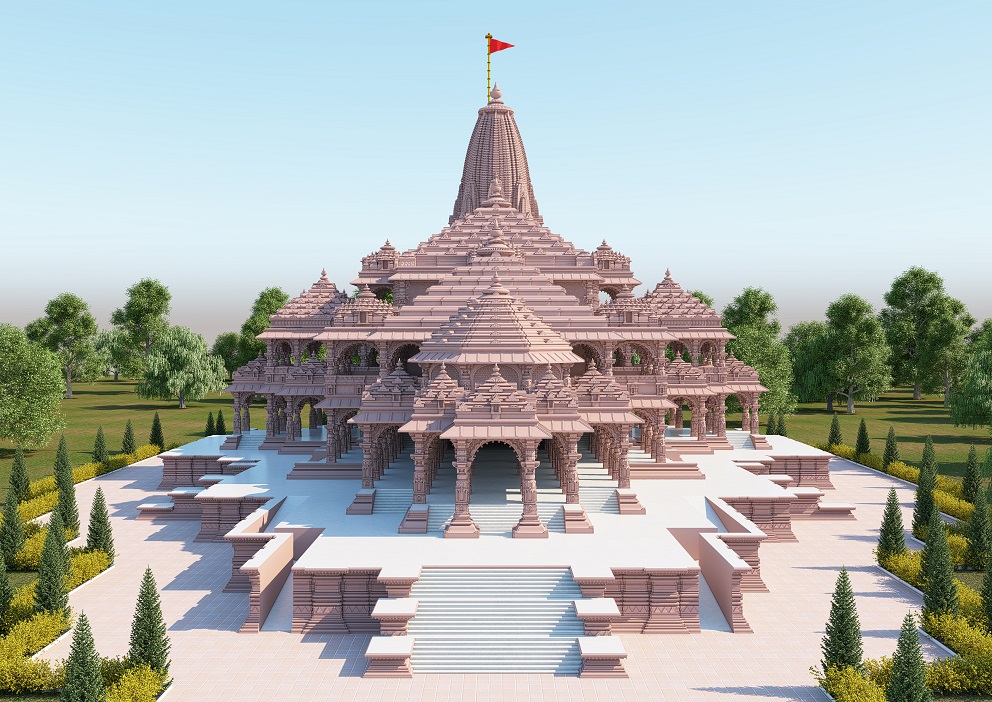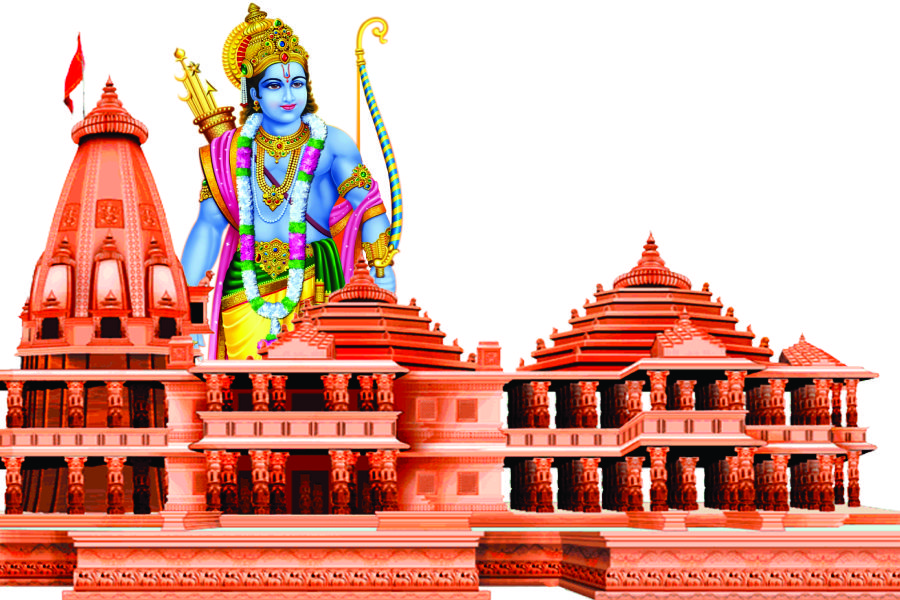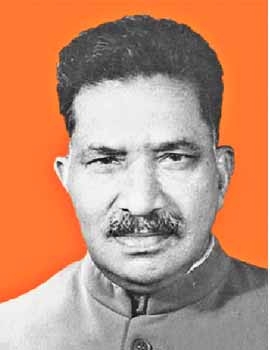“KK Nair, an ICS from Kerala who defied Nehru’s diktat“
As District Magistrate of Faizabad, he played an unforgettable role in reinstating the fundamental rights to worship of Hindus in the Ram Janmabhumi

Manoj Pathak
As the countdown to the long-awaited moment of Ram Janmabhumi concludes on January 22, 2024, with the consecration of Lord Ram in the Ram Temple’s sanctum sanctorum and it’s essential to reflect on the intricate history of the Sri Ram Janmabhumi movement. Numerous unsung heroes have played pivotal roles in steering the course from the fervor of the temple movement to the realization of its construction. Among these heroes was KK Nair, the then District Magistrate of Faizabad, who, during a critical juncture, stood firm against the removal of Ram Lalla’s idols in the disputed Ayodhya site. KK Nair aka Kandangalathil Karunakaran Nair is a name deeply engraved in the history of Ayodhya movement. The brave ICS officer, hailing from Kerala, played an unforgettable role in reinstating the fundamental rights to worship of Hindus in the Ram Janmabhumi before India became a constitutional republic.
In the hushed hours of December 22-23, 1949, idols of Lord Ram were surreptitiously placed inside the disputed Babri Masjid in Ayodhya. The news spread like wildfire, asserting the belief that Lord Ram had manifested at his birthplace. Librahan Ayog’s report, as narrated by Constable Mata Prasad to the then Station Incharge Ram Dube, detailed the clandestine operation. “A group of 50-60 individuals broke the premises’ lock, climbed walls and stairs, and installed Lord Ram’s idol, painting it in yellow and saffron. They inscribed ‘Shri Ram’ in golden letters,” as recounted by Libran Ayog.
K.K. Nair, born on September 7, 1907, in Kerala, embarked on a remarkable journey. Before India gained independence, he pursued law in England, becoming a barrister at the age of 21, and later succeeded in the Indian Civil Services (ICS) examination.
Hemant Sharma, in his book “Yudh Mein Ayodhya,” narrates an intriguing incident related to Nayar. Hailing from Alleppey, Kerala, K.K. Nair served as the District Magistrate during the Babri Masjid episode. He oversaw the placement of idols during a time that marked the turning point of the contemporary Babri Masjid dispute, leaving an indelible mark on India’s socio-political fabric.
On June 1, 1949, Nair assumed the role of the Collector of Faizabad. When, on December 23, 1949, Prime Minister Jawaharlal Nehru directed the removal of the idols, instructing Chief Minister Govind Ballabh Pant to expedite the process, the Uttar Pradesh government issued the order. However, faced with the fear of communal tensions and Hindu sentiments, District Magistrate K.K. Nair expressed his inability to comply with the order.
In his report, Nair emphasized that Hindus worshipped Ayodhya as Lord Ram’s birthplace, proposing the construction of a grand temple. He recommended the allocation of land for the temple, but in response, the District Magistrate imposed restrictions on Muslims entering a 500-meter radius around the proposed temple site.
When Nehru insisted on the idols’ removal, Nair wrote to the government, stating, “Remove me before the idols.” Witnessing the prevailing communal atmosphere, the government hesitated, eventually withdrawing the order. In 1952, Nair voluntarily retired, marking the end of an illustrious career.
Nair’s legacy extended beyond his administrative tenure. In the fourth Lok Sabha elections, he contested from the Bahraich seat in Uttar Pradesh on a Jan Sangh ticket. Both Nair and his wife, Shakuntala Nair, became prominent symbols of Hindu identity, with his driver later becoming a member of the Uttar Pradesh Legislative Assembly.
The controversy surrounding the disputed Ayodhya site has been marked by legal battles, political maneuvering, and deep-rooted religious sentiments. K.K. Nair’s courageous stand during a critical period showcased his commitment to maintaining peace and preserving the sentiments of the masses.
As we approach the historic moment of the Ram Temple’s consecration, it is imperative to recognize and appreciate the contributions of forgotten heroes like K.K. Nair, whose unwavering commitment to principles left an indelible mark on the complex tapestry of the Ram Temple movement. The echoes of their actions continue to resonate as we witness the realization of a dream centuries in the making.



